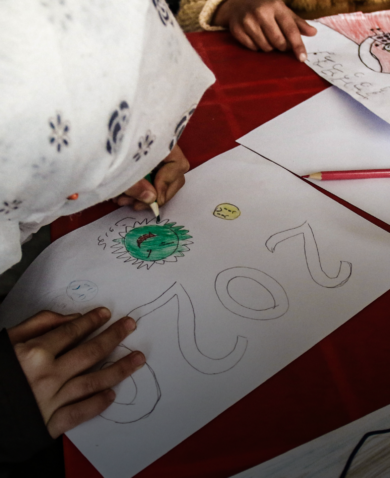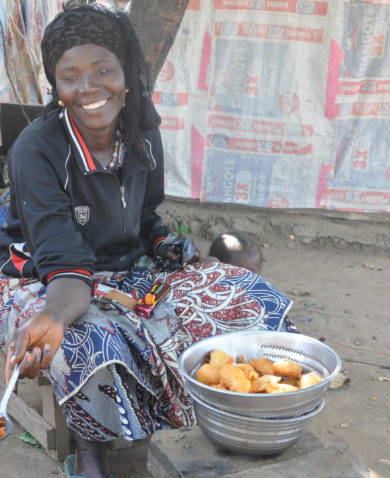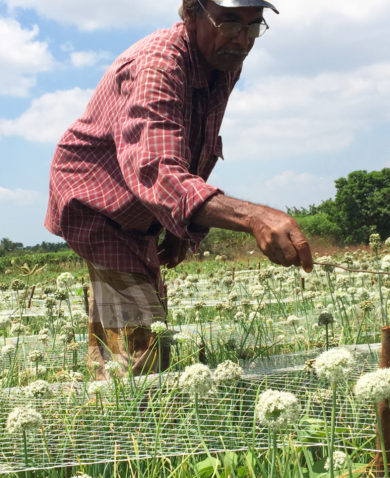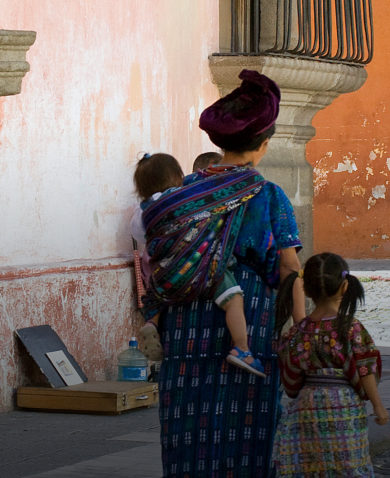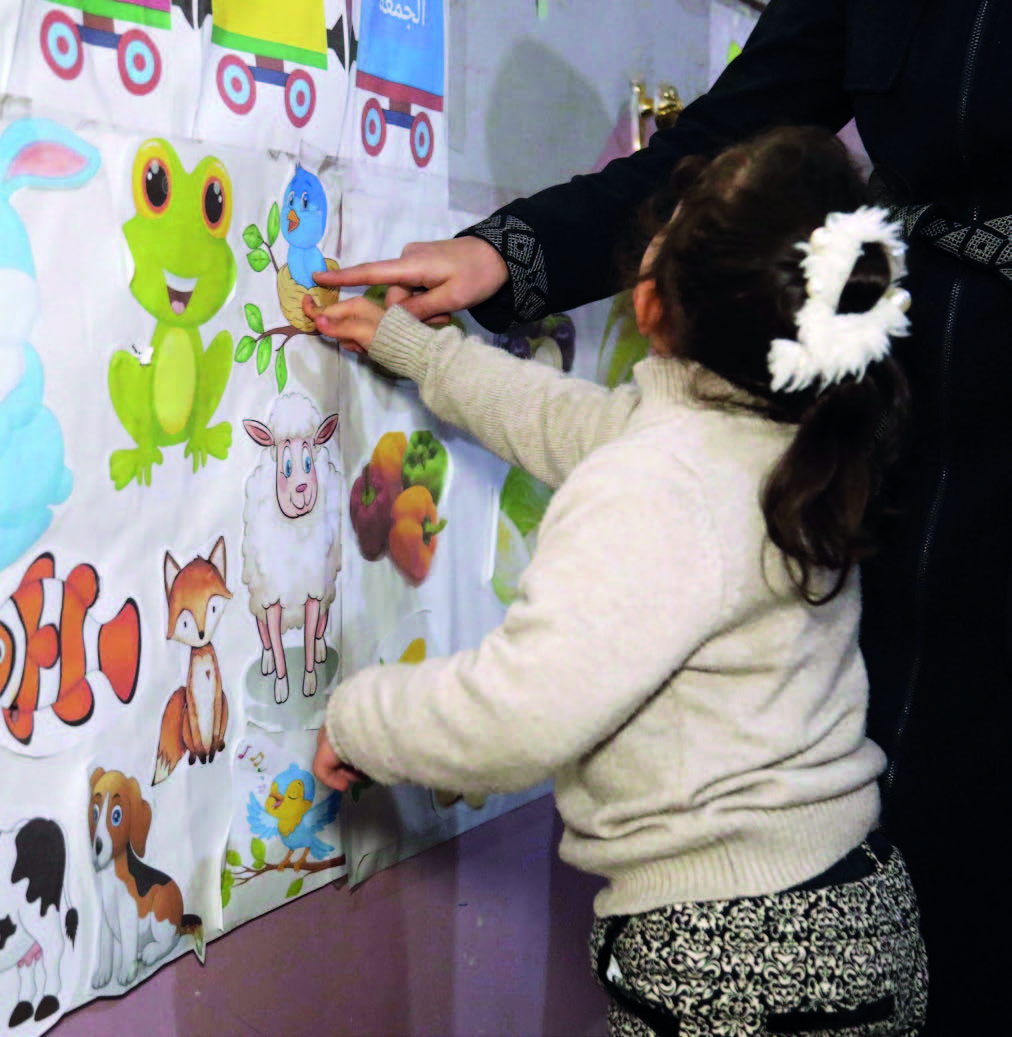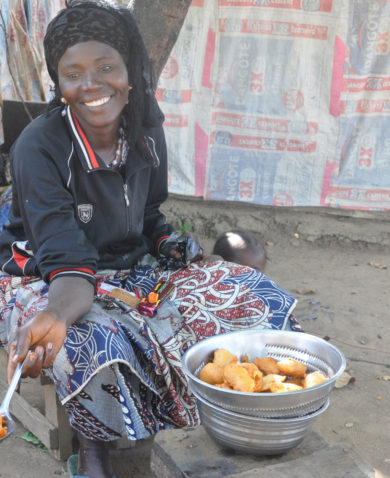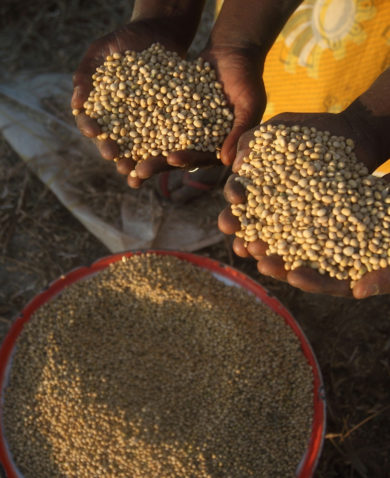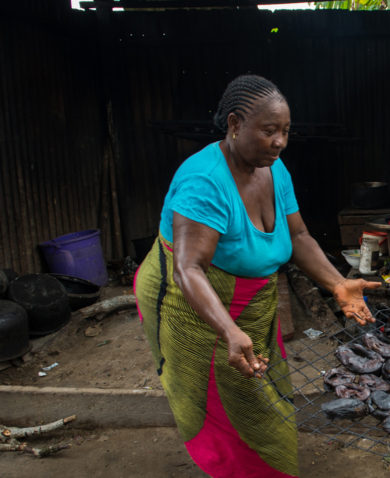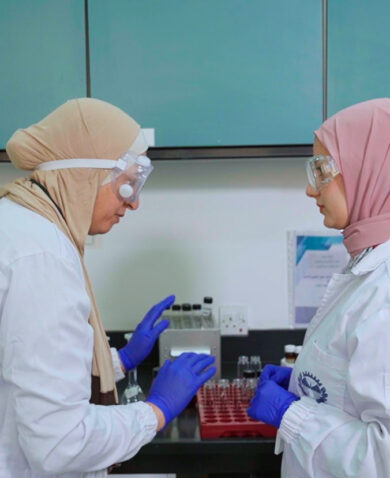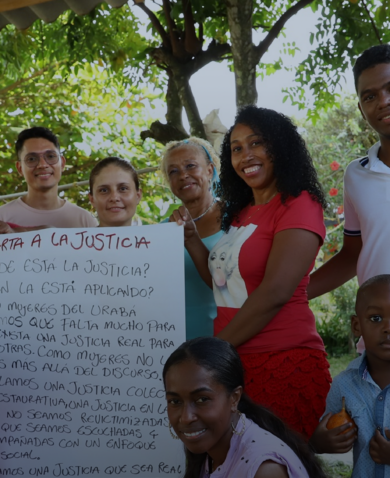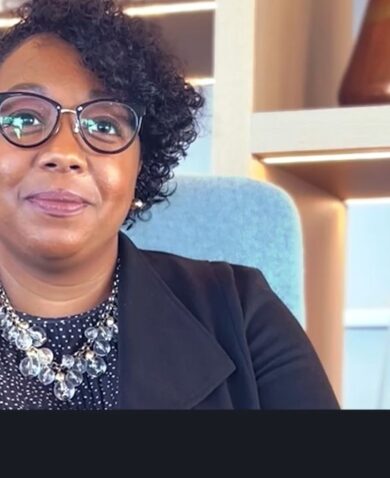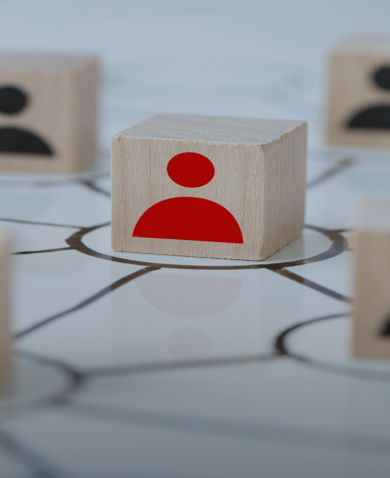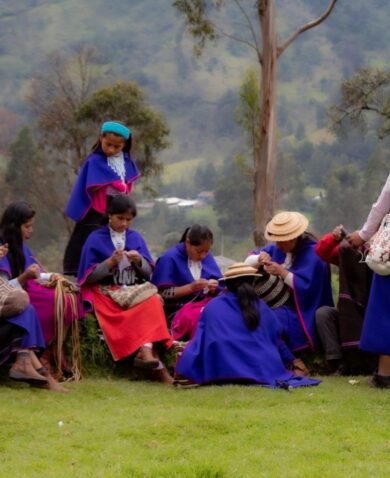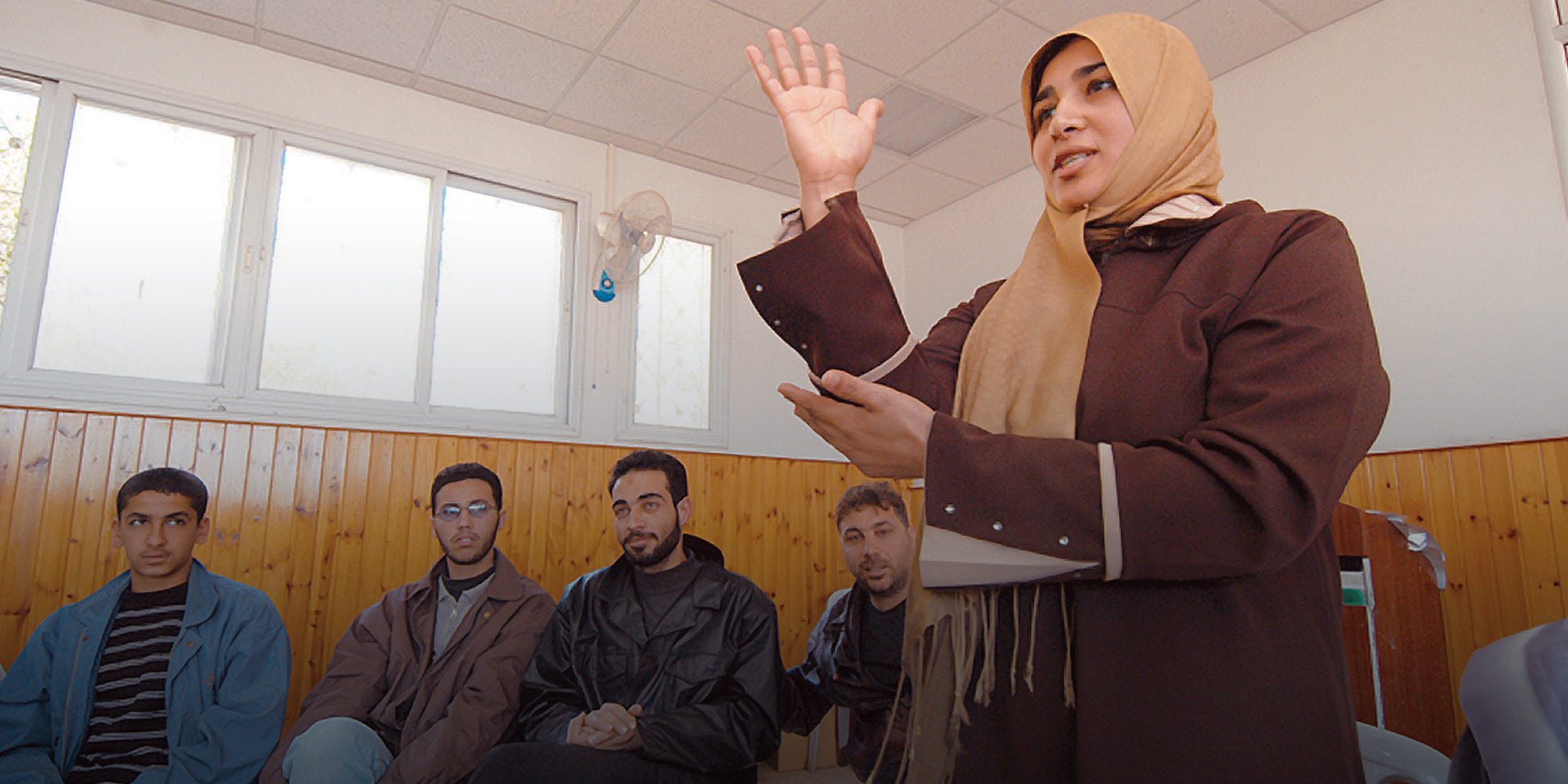
Disability-Inclusive Development is Smart Development
November 29, 2016 | 3 Minute ReadIn honor of the International Day of Persons with Disabilities, Amelda Zotter explains why disability inclusion is a significant opportunity for development.
The UN International Day of Persons with Disabilities (IDPD) will be celebrated this week around the world, on December 3. This year’s theme, “Achieving 17 Goals for the Future We Want,” focuses on the role that the sustainable development goals play in “building a more inclusive and equitable world for people with disabilities.” For the international development community, IDPD serves as a reminder to amplify our efforts to not only include people with disabilities in development work but to also empower them to reach their potential. Development works when we leave no one behind and ensure that the voices of the marginalized communities are heard, their rights are protected, and their needs are met.
According to the World Health Organization (WHO), people with disabilities constitute the world’s largest minority. There are over 1 billion people, or approximately 15 percent of the world’s population, who live with some form of disability. Eighty percent of men, women, and children with disabilities live in developing countries and do not have equitable access to services or support. Ensuring that the needs of people with disabilities are addressed in field programming and that they are integrated into their societies where they can contribute is not only a necessity for international development; it is smart development as well.
Disability inclusion plays an important role in a country’s economic growth. The World Bank estimates that people with disabilities make up around 20 percent of the poorest of the poor. An Organization for Economic Co-operation and Development (OECD) study showed that within 27 countries, the average employment rate for people with disabilities was 44 percent, less than half than for those without disabilities (75 percent). This exclusion of people with disabilities from the labor market represents a significant waste of potential, resulting in an estimated loss of GDP of between 3 and 7 percent. Education is another factor that impacts people with disabilities significantly. UNICEF estimates that 90 percent of children with disabilities in low-income countries have never received any form of education. A World Bank report states that those that do enroll in school, only 5 percent complete primary school. This empirical data shows that the cost of exclusion of persons with disabilities is higher than the cost of inclusion.
Moreover, disability is a cross-cutting development issue. Advancing disability inclusion requires a commitment to equality and creating an enabling environment for people with disabilities to play an important role in contributing to the development of their country. The sustainability of our development project depends on it.
Disability inclusion is made possible several principles:
1. Create partnerships with local and international organizations who focus on people with disabilities
“Nothing about us, without us” is a key phrase used by the disability community. This phrase signifies that people with disabilities should be consulted on all disability-related programs and activities. Proactive consultation with disability organizations or disabled people’s organizations (DPOs) should be incorporated into all disability-related programming. Partnering with these organizations will provide a better understanding of what the needs of their community are, what the challenges and opportunities are for people with disabilities in a particular culture and country context, identify ways of how to overcome some of these barriers, and collaboratively design services that will have an impact on their integration in society and policy making.
2. Focus especially on women and girls with disabilities
Women and girls with disabilities often face double discrimination for being both female and a person with a disability. They are more likely to be unemployed and less likely to receive an education compared to their non-disabled peers. According to the Secretary General of the United Nations’ report on the implementation of the World Programme of Action concerning the Disabled (2007), “girls and young women face significant barriers to participating in social life and development.” Women and girls with disabilities have less access to health services as a result of “gender discrimination, violence, poverty, armed conflict, dislocation, and other forms of social deprivation.” They are more subjected to violence, human trafficking, and forced labor than other population groups. As a result of sexual violence, women and girls with disabilities have a higher rate of HIV/AIDS. It is estimated that between “40 to 70 percent of women and girls with disabilities will be sexually abused before they reach 18 years of age.” According to a UNICEF study in Taiwan, “the proportion of child prostitutes who had mild developmental disabilities was six times greater than what might be expected from the incidence in the general population.” We need to understand the country and cultural context in order to address the needs of women and girls with disabilities accordingly.
3. Design our projects to not only accommodate but to also provide access to people with disabilities, make a meaningful impact on their futures, and transform society
A more disability-inclusive approach entails not only providing opportunities and equal access to services but also designing programs that break down attitudinal and institutional barriers, change negative stereotypes and stigmas, “address the systemic causes of underlying inequalities”, and promote equality of persons with disabilities.


